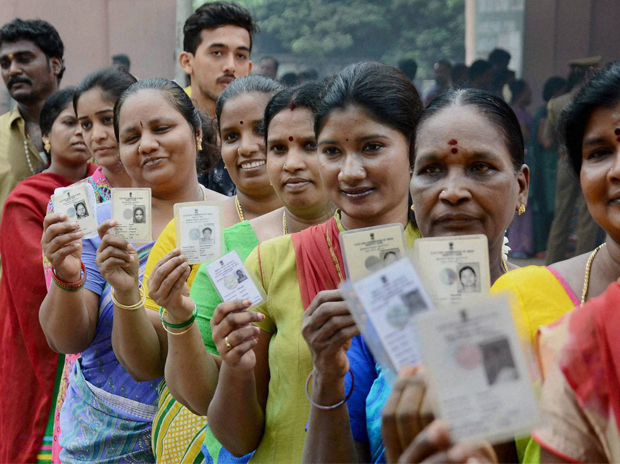
Tamil Nadu Assembly to see more senior citizens, fewer women

The 16th Tamil Nadu assembly will have more senior citizen representatives, besides less number of women MLAs.
In the 2016 assembly polls, there were 21 women MLAs from all parties, but in the new assembly, the number has come down to 12, or 5% of the total. In 2016, 9% of the MLAs were women.
The detailed results of the recently held polls were released by the Election Commission after nearly two days since the counting started.
The 16th Tamil Nadu assembly will also have more senior citizens as representatives compared to the outgoing assembly. In the 2016 assembly, 10% of the MLAs were in the age group of 25 to 40 and above 70 was 1%.
But in the 16th assembly, the number of MLAs in the 25-40 age group has declined to 6 per cent but that of 70 plus has increased to 6 per cent. In actual numbers, there will be 15 MLAs who are above 70 years compared to two MLAs in 2016. The MLAs in the 41-56 and 56-70 age groups have declined by one percentage point compared to the outgoing assembly.
Also read: Except western TN, all other regions favoured DMK
While in the 15the assembly, 46% of the MLAs were in the age group of 41-56 in the new assembly the percentage has declined to 44%. Similarly in the age group of 56-70, the percentage of MLAs in the new assembly has increased to 44% from 43% in the 15th assembly. Thus 50% of the MLAs in the new assembly will be above 56 years.
DMK general secretary Duraimurugan elected from Katpadi constituency will be the oldest MLA in the assembly.
The new assembly will have more educated MLAs compared to the outgoing assembly. Among the elected MLAs, 62 per cent are graduates against 59 per cent in the outgoing assembly.
Also read: BJP gains foothold in TN after 20 years, but sees drop in vote share
The percentage of MLAs who are postgraduates has also declined from 27 per cent to 25 per cent. The number of MLAs qualified up to the school level has declined from 41 per cent in 2016 to 38 per cent in the new assembly.
In Kerala too, the number of young MLAs has declined, but the share of MLAs aged 55 years or younger has increased to 50 per cent from 47 per cent in 2016.
In 2021, 61 per cent of the MLAs will have at least a bachelor’s degree, lower than the 63 per cent in 2016. The percentage of women in the Assembly has increased marginally from 6 per cent in 2016 to 8 per cent in 2021. As many as 11 women have been elected to the Kerala assembly this year as compared to eight in 2016.
In Kerala, the sex ratio is in favour of women and therefore the number of women MLAs is higher than that of men.


